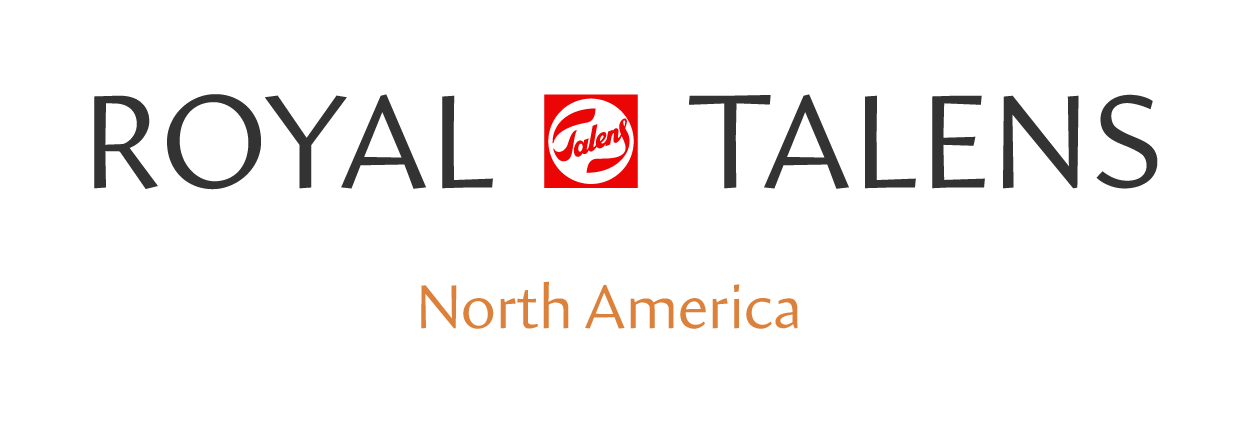Watercolor Techniques - Part 1
Dry Brush
Also known as broken color, this technique utilizes a brush that is reasonably dry but still holds paint. You can apply in short quick strokes or in longer marks until the paint runs out, leaving a jagged or broken look. Get the best results when layering colors.
TIP: Use a sponge to remove excess water from your brush between applications.
Pulling Color
An essential watercolor technique, by using a brush dipped in water, you can pull color from existing lines or shapes already on the surface of the paper. It is a great way to create detail or small gradated areas.
TIP: It works best when the color being pulled is still wet, but you can rewet with this technique as well.
Lifting Color
Watercolor is permeable, meaning that even after it is dry, it can be rewetted and reworked. As a result, using a wet brush or sponge, you can remove color revealing the white surface of the paper as a way to create highlights or change your composition.
TIP: Using a stiff bristled brush works best and clean it often during the process.
Wet into Wet
Whether you’re wetting your paper first with water, or painting into a wet area of color, this technique can give you a diffused and fluid effect. Working into a wet surface, pull your brush loaded with color into any variety of shapes or marks, allowing each new layer to merge.
TIP: Start with lighter, analogous colors first. If your surface gets to wet, you can lay a dry piece of paper towel over the surface to absorb what you need to take away. Use a heavy weight paper, 140lb or heavier.
Bleed
Similar to the wet into wet technique, only instead of laying your brush on the surface, let the color drip from above one into the next.
TIP: To control the bleed area, pre-wet only where you want the color to go first.
Splatter
A quick way to make foliage, or a fun background, load your brush with color, while holding it above the paper, apx. 2-3 inches, flick to brush handle, or if your using your index finger, pull the bristles letting them snap back causing them to splatter paint onto the surface.
TIP: This technique is unpredictable, so practice on a piece of scrap paper first.
Click here to download a printable version of this project.






